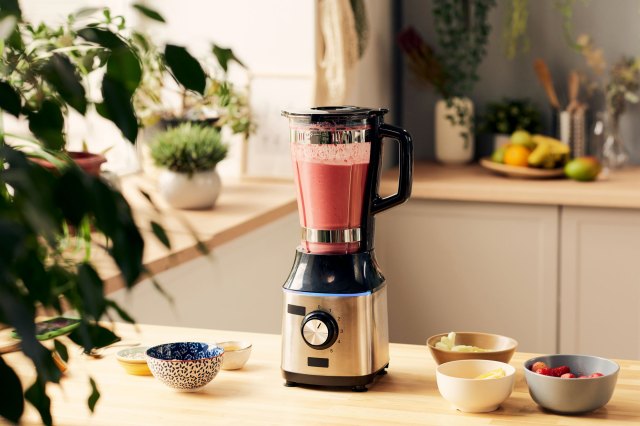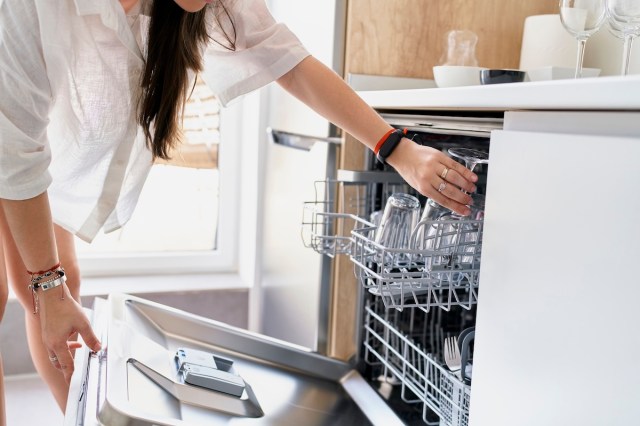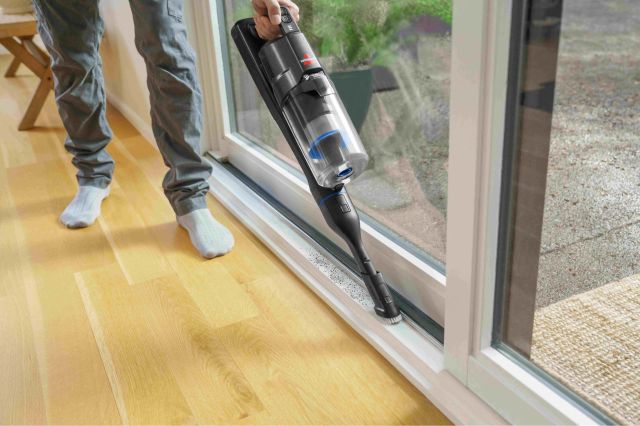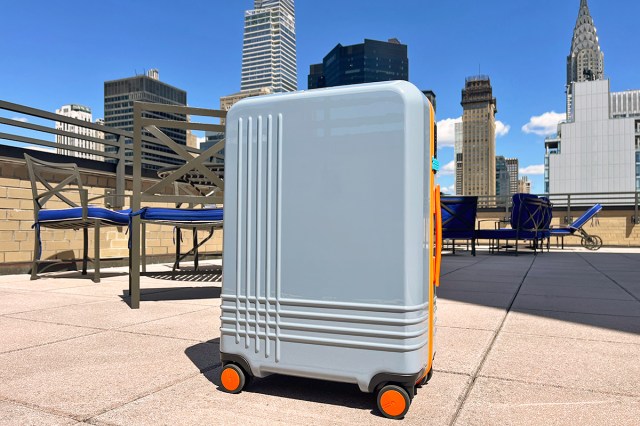Your kitchen may be dirtier than you think. Regular use of common kitchen items can spread germs, bacteria, and mold — all things that no one wants on their clean dishes or, even worse, in their prepared dishes. Luckily, establishing effective cleaning methods will leave your kitchen tools not only spic-and-span, but also sanitized.
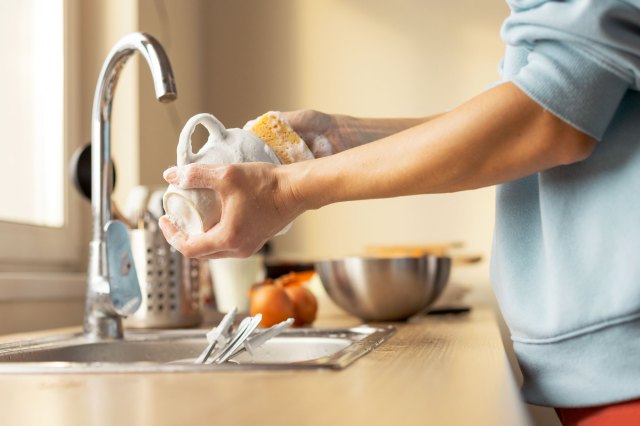
Kitchen Sponges
It might surprise you that sponges are the dirtiest kitchen item. A kitchen sponge may contain multiple types of bacteria, which can then spread when you wipe dishes, counters, and other surfaces.
Instead of trying to clean kitchen sponges, it’s better to replace them every two weeks. Another more eco-friendly option is to buy washcloths instead. Washcloths can be regularly laundered and bleached in your washing machine, effectively killing germs and bacteria.
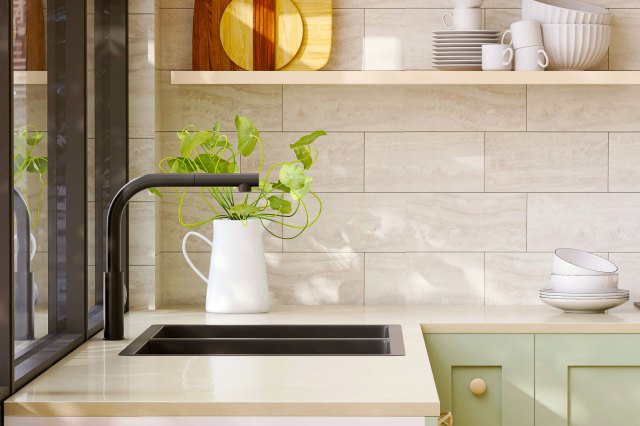
The Kitchen Sink
Your kitchen sink is where you wash up, so it should be clean, right? Unfortunately, stacks of dirty dishes and pans, utensils that have touched raw meat and poultry, and rinse-off from various food items result in the sink being one of the dirtiest places in a kitchen.
To ensure your sink is truly clean, you’ll want to scrub it at least once a week with a disinfecting cleaner that contains bleach. You can also wipe your sink, faucet handles, and the surrounding countertops with a disinfecting wipe or a hot soapy cloth after meal prep each day. Don’t forget to sanitize your sink’s drain and disposal — this can be done by pouring a mixture of bleach and water down the drain once a month.
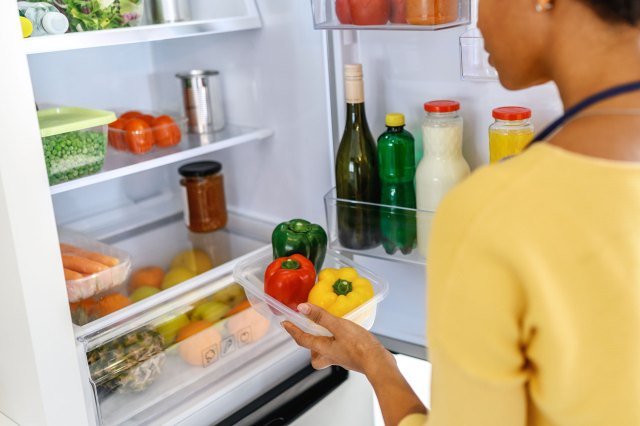
The Refrigerator
Food-borne pathogens often reside in refrigerators. The vegetable drawer is the dirtiest spot in the fridge, with dangerous bacteria, salmonella, and mold transferring to new produce as quickly as you buy it.
To clean this part of the fridge, slide the compartment out of your refrigerator and use a washcloth to clean the drawer with dish soap and warm water. Wait until it’s fully dry before putting it back in the fridge. You should clean this compartment (and other drawers, such as the meat compartment) every month before purchasing new fruits and veggies.
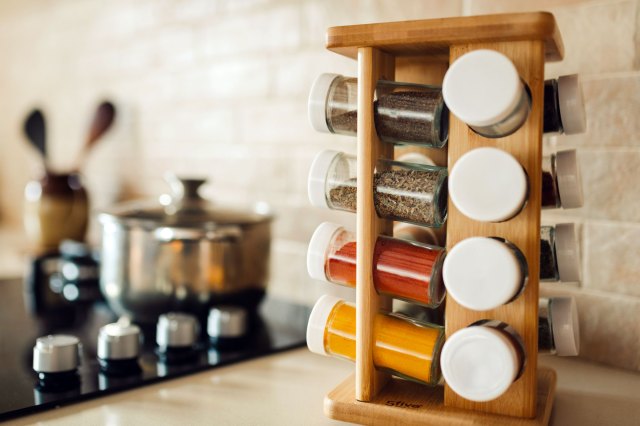
Spice Jars
According to a surprising study, spice jars may be one of the dirtiest items in your kitchen. Researchers learned that spice jars often get cross-contaminated with bacteria while we prepare food.
Fortunately, you can fix this issue by making sure your hands are clean whenever you handle a spice. You can also clean the jars with a soapy cloth or a disinfecting wipe. As always, make sure jars are completely dry before you set them back in their rack.
Reader Favorites
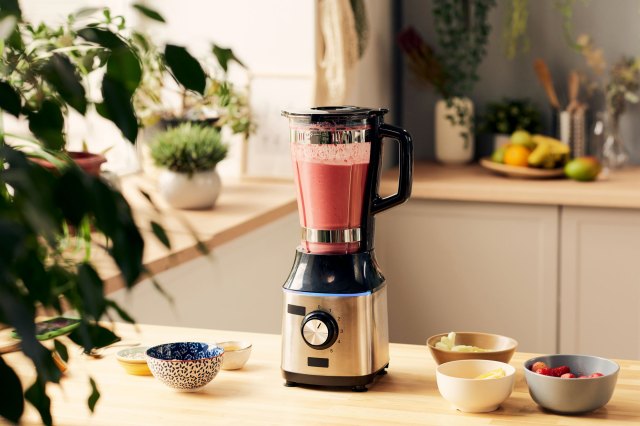
Blenders
A blender’s gasket (or the rubber ring that separates the blades and the jar) forms a seal to prevent leaks when the blender is in use. However, the gasket itself comes in contact with whatever you’re blending, from smoothies to soup. If you don’t fully clean the blender after use, the gasket can spread bacteria, yeast, and mold to anything else you blend afterward.
Fortunately, cleaning this is pretty simple. Unscrew your blender from the base with the blades and remove the rubber gasket. Wash the lid, jar, blades, and gasket in hot soapy water or your dishwasher. Reassemble the blender once all parts are completely dry. While you can’t submerge the base and cord in water, don’t forget to wipe them off—you never know where droplets or crumbs may have landed.
Featured Image Credit: shironosov/ iStock
More From Our Network
Better Report is part of Inbox Studio, which publishes content that uplifts, informs, and inspires.
